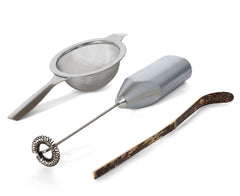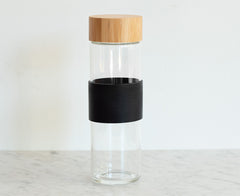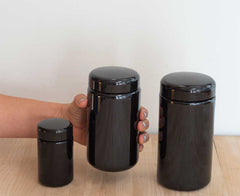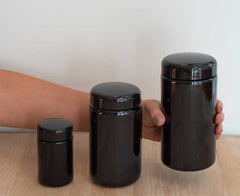Improving the Polyphenol Content of Tea
Author: T. Tounekti, E. Joubert, I. Hernández & S. Munné-Bosch
Tea, prepared from the leaves of Camellia species, has one of the highest contents of flavonoids among common food and beverage products. Tea consumption has moved beyond its pleasant flavor and cultural significance since a number of health promoting properties have been ascribed to this widespread beverage (e.g., anticancer, antiobesity and hypotensive effects). The major bioactive compounds in tea are catechins (flavan-3-ols), a group of flavonoids that include, among others, (-)-epicatechin (EC), (-)-epigallocatechin (EGC), (-)-epicatechin-3-gallate (ECG), and (-)-epigallocatechin-3-gallate (EGCG). These compounds are also the precursors of theaflavins and thearubigins, oxidation products responsible for the taste and colour of certain tea types such as black tea. The composition of the tea leaf, and thus tea quality, is influenced by many pre-harvest factors such as the genetic make-up of the plant, region of production, horticultural and harvesting practices, and environmental conditions. Once harvested, processing, brewing, and storage conditions influence the phenolic composition and quality of tea infusions as well. In the present review we aim at outlining our current knowledge about means to increase the catechin content of teas, a cornerstone for improving the health-promoting properties of this beverage.



